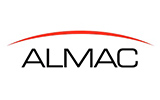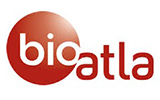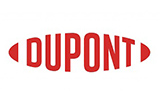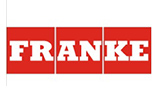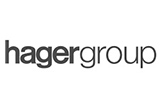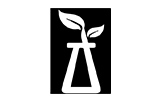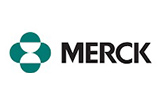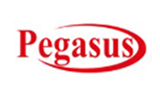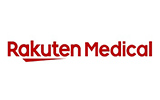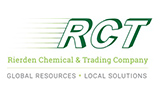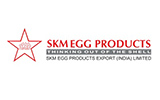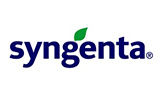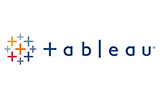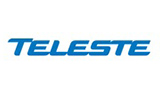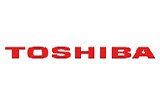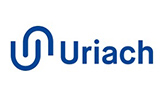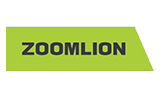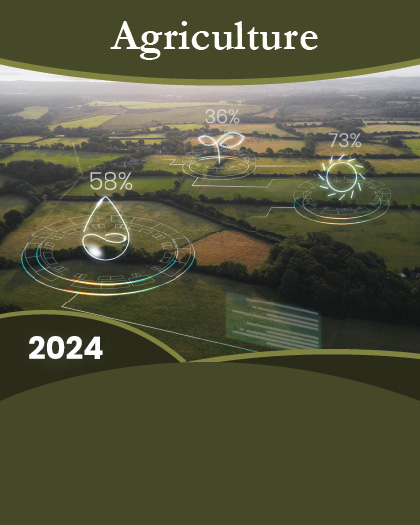

Market Overview
The Indonesia Agriculture Equipment Market is set to experience robust growth from 2025 to 2033, driven by increasing mechanization, government support for agricultural modernization, and technological advancements in farming equipment. As the fourth most populous country in the world, Indonesia relies heavily on its agriculture sector, which contributes significantly to its GDP and employs a large portion of the population. However, low mechanization levels, labor shortages, and the need for higher productivity are pushing the sector toward the adoption of modern farming equipment.
In 2025, the Indonesia agriculture equipment market is estimated to be valued at USD 4.19 billion, and it is projected to grow at a CAGR of 5.51%, reaching approximately USD 5.48 billion by 2030. If the growth trajectory continues, the market is expected to surpass USD 6.5 billion by 2033, driven by precision agriculture, automation, and increased government subsidies for farm mechanization.
Market Dynamics
Key Growth Drivers
Rising Demand for Agricultural Mechanization
Indonesia’s agricultural productivity has been challenged by labor shortages and traditional farming practices, leading to increased adoption of modern farming machinery. Tractors, harvesters, and irrigation systems are in high demand as farmers seek more efficient farming methods.
Government Support and Agricultural Policies
The Indonesian government is actively promoting farm mechanization through subsidies, financial support, and modernization programs. Initiatives such as:
Increasing Adoption of Smart Farming Technologies
The integration of Internet of Things (IoT), GPS, drones, and AI-powered automation in agricultural equipment is driving precision farming, which optimizes resource utilization, improves yield, and reduces waste.
Expanding Commercial Agriculture
The expansion of commercial farms and agribusinesses in Indonesia is increasing demand for advanced mechanized solutions, such as automated irrigation, smart tractors, and combine harvesters, to improve efficiency and yield.
Growing Demand for Sustainable and Eco-Friendly Equipment
Indonesia is witnessing a shift towards sustainable farming practices, driving demand for:
Market Challenges
High Initial Investment Costs
The cost of modern agricultural machinery is relatively high, making it difficult for small-scale farmers to afford these solutions without financial assistance.
Limited Awareness and Training
Many farmers still rely on traditional farming methods due to limited knowledge of advanced equipment and lack of training programs on using modern agricultural tools.
Supply Chain and Infrastructure Challenges
Indonesia’s rural and remote areas often face challenges in accessing agricultural machinery due to poor infrastructure and inadequate distribution networks.
Climate Change and Environmental Regulations
Government policies on carbon emissions and environmental impact may pose challenges for manufacturers in developing low-emission farm equipment.
Market Segmentation
By Equipment Type:
By Application:
By Power Type:
By Sales Channel:
Regional Insights
Java & Sumatra (Agriculture Hubs)
Kalimantan & Sulawesi (Emerging Mechanization Markets)
Bali & Nusa Tenggara (Sustainable Farming Focus)
Competitive Landscape: Key Players in the Indonesia Agriculture Equipment Market
The Indonesian agricultural equipment market is highly competitive, featuring global manufacturers and local players offering a range of tractors, harvesters, irrigation systems, and smart farming solutions.
Major Global Players:
Market Strategies:
Future Outlook (2025-2033): What Lies Ahead?
The Indonesia Agriculture Equipment Market is expected to experience sustained growth due to:
Rise of AI & Smart Farming Solutions
Increased Investment in Agricultural Mechanization
Adoption of Sustainable & Eco-Friendly Equipment
Growth in E-Commerce & Digital Distribution Channels
Conclusion
The Indonesia Agriculture Equipment Market is on a strong growth trajectory, driven by mechanization, technological advancements, and government-backed agricultural reforms. The demand for tractors, harvesters, irrigation systems, and AI-powered smart farming solutions is expected to surge, positioning Indonesia as a key market for agricultural innovation.
With sustained investment, farmer education, and expanded financial access, the market is expected to reach USD 6.5 billion by 2033, transforming Indonesia’s agricultural landscape into a highly mechanized and sustainable ecosystem.
